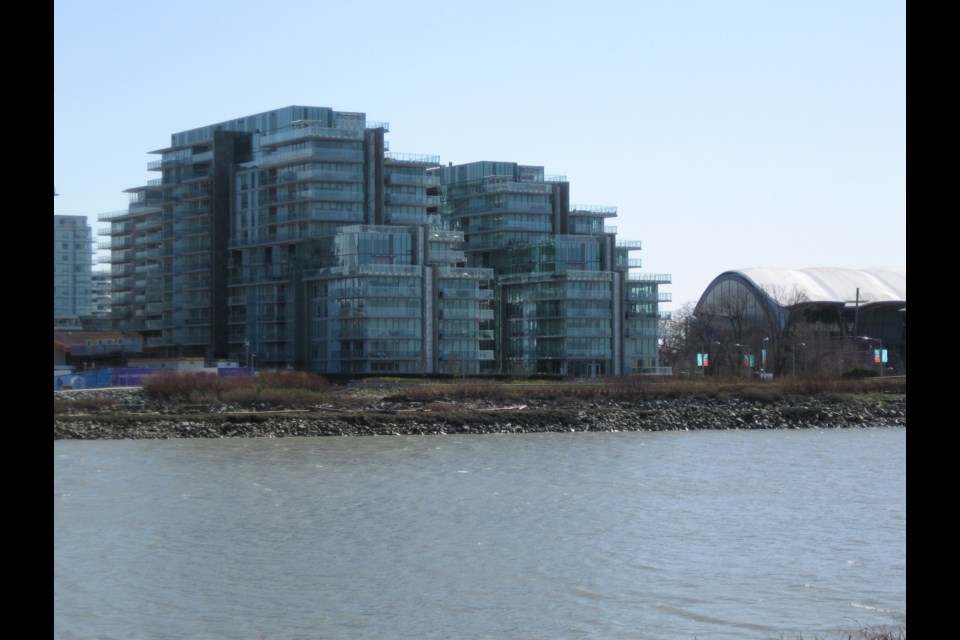When driving along Russ Baker Way, I make sure I don’t glance south – the sight of those glass condos under construction east of the Oval depresses me. Richmond, you’ve lost the opportunity to enhance our city with a series of beautiful apartment towers that are respectful of, and connected to, nature.
It’s not that such an architecture hasn’t been created elsewhere. The classic prototype of a harmonious marriage between urban architecture and natural greenery is found in Milan – Stefano Boeri’s Bosco Verticale (Vertical Forest), the two apartment towers covered in shrubs and trees, giving the buildings a ‘green curtain.’ Boeri carried the concept to China, where ‘vertical forests’ are being built in both Nanjing and Huanggang.
Richmond, the “Island City by Nature,” used to feel like a community for everybody, all nationalities and backgrounds. Some people rented, others owned their houses. Kids had plenty of room to play outdoors. Now, playing in your own yard is a privilege few enjoy. Furthermore, the people who can’t afford to buy, can’t find affordable rentals. What has Richmond turned into? A city of luxury condos?
To move to a different, but related topic: earlier this year, Anne Lacaton and Jean-Philippe Vassal of France were nominated the winners of the prestigious 2021 Pritzker Prize, architecture’s highest international award. Lacaton and Vassal’s guiding principle is “Never demolish, never remove or replace, always add, transform, and reuse.” When improving a building, they keep the costs down by using a minimum of resources. They “make more and better with less.”
Instead of demolishing and rebuilding, they redesign. Anne Lacaton’s words on the subject are worth memorizing. Developers, please listen! “Demolishing is a decision of easiness and short term. It is a waste of many things – a waste of energy, a waste of material, and a waste of history. Moreover, it has a very negative social impact. For us, it is an act of violence.” Add to this Vassal’s words: “There’s a lot of violence in architecture and urbanism. We try to be precise. We try to work with kindness.”
They respect the natural landscape and they respect what was there before: “Never demolish, never cut a tree, never take out a row of flowers. Take care of the memory of things that were already there, and listen to the people that are living there.” What Vassal and Lacaton do, of course, is design buildings with people and the natural setting in mind, and not create an architecture that is intended to become an architect’s signature statement.
Please, Richmond, forget the lure and glamour of architects’ signature statements. Listen to the people and listen to nature. Take note of Amanda Sturgeon’s insightful words: “If we viewed our developments as spaces for nature, from which we cut out the spaces for human use rather than ones where we design for human use and add a token amount of green to them at the edge, we will have a chance at bringing people and nature into a healthy balance.”
Sabine Eiche is a local writer and art historian with a PhD from Princeton University. She is passionately involved in preserving the environment and protecting nature. Her columns deal with a broad range of topics and often include the history (etymology) of words in order to shed extra light on the subject.



